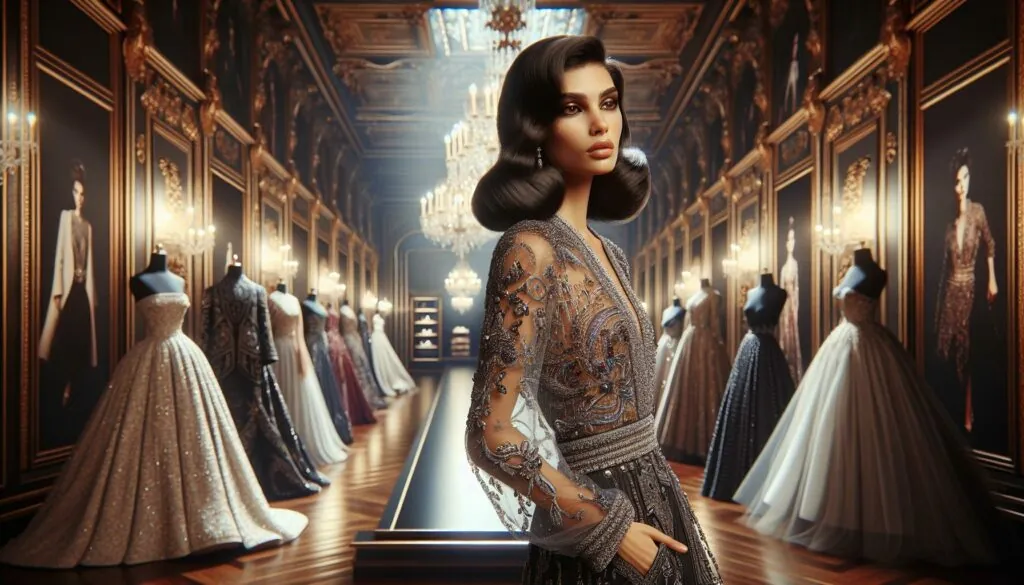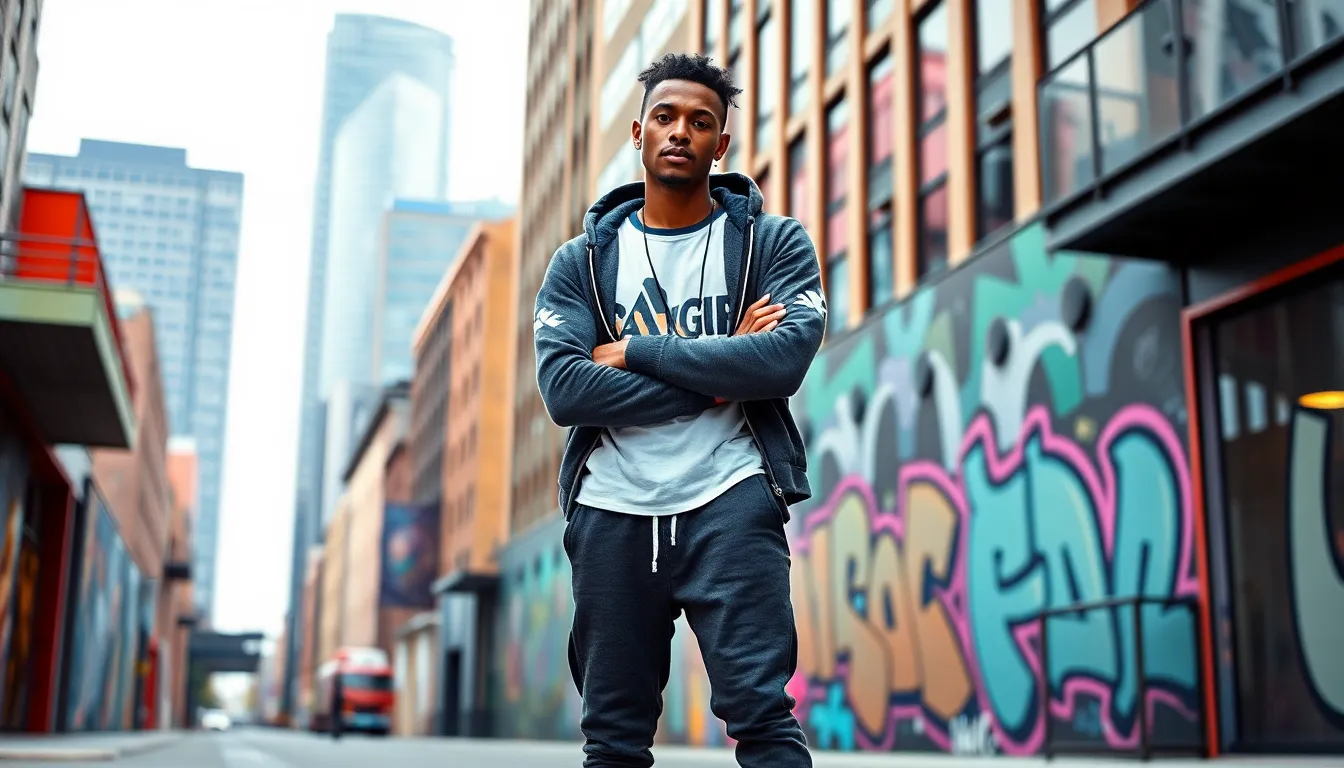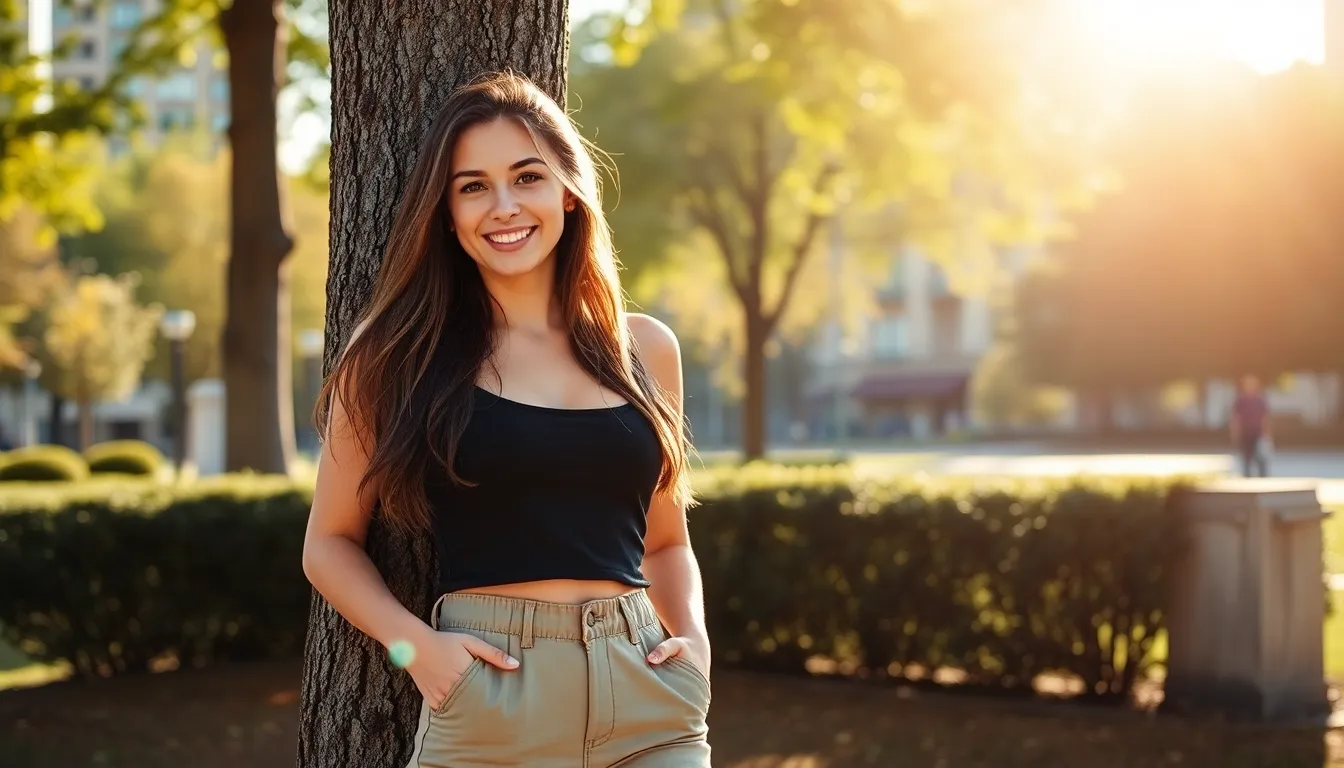Table of Contents
ToggleAs a fashion enthusiast I’ve always been captivated by the artistry and exclusivity of haute couture. This pinnacle of fashion craftsmanship represents the most exquisite form of garment creation where every piece is meticulously handcrafted to perfection.
I’m often asked about what sets haute couture apart from ready-to-wear fashion. The term “haute couture” itself is protected by French law and can only be used by fashion houses that meet strict criteria set by the Chambre Syndicale de la Haute Couture. These exceptional garments aren’t just clothes – they’re wearable works of art that showcase the highest level of fashion design and craftsmanship. Throughout this article I’ll explore the fascinating world of haute couture and reveal why it continues to influence fashion trends worldwide.
Key Takeaways
- Haute couture represents the highest level of fashion craftsmanship, with each garment being meticulously handmade and requiring at least 70% handwork by law
- Only fashion houses certified by the Chambre Syndicale de la Haute Couture can legally use the term “haute couture,” requiring them to maintain a Paris atelier and present two collections annually
- Traditional houses like Chanel, Dior, and Givenchy continue to lead haute couture, while modern labels like Valentino and Viktor & Rolf bring fresh perspectives while honoring craftsmanship standards
- Haute couture pieces typically require 150-700 hours of creation time, 3-5 fittings, and can cost between $100,000-$500,000, making them true luxury investments
- The future of haute couture embraces digital innovations like 3D body scanning and sustainable practices, with most houses targeting 95% sustainable materials use by 2025
What Is Haute Couture Fashion
Haute couture represents the highest level of custom garment creation in the fashion industry. I explain how this French term translates to “high dressmaking” and signifies the most exclusive form of bespoke fashion available.
Historical Origins of Haute Couture
The foundations of haute couture trace back to 1858 when Charles Frederick Worth established the first haute couture house in Paris. Worth introduced revolutionary concepts like fashion shows with live models presenting seasonal collections. The Chambre Syndicale de la Haute Couture formed in 1868 to protect the industry’s standards embraced Worth’s innovative approach. Major fashion houses emerged during this period:
- Jeanne Lanvin opened her couture house in 1909 focusing on mother-daughter fashion
- Gabrielle “Coco” Chanel launched her couture business in 1915 featuring elegant simplicity
- Christian Dior created the “New Look” in 1947 reviving post-war fashion
- Design Requirements
- Create made-to-order garments for private clients
- Conduct minimum 1 personal fitting
- Maintain an atelier in Paris
- Present 50 original designs each season
- Technical Standards
- Employ 20 full-time technical staff
- Operate a Paris workshop with 15 full-time workers
- Present collections in January and July
- Create garments with 70% handwork minimum
| Classification Component | Specific Requirement |
|---|---|
| Minimum Staff | 20 technical workers |
| Annual Collections | 2 (50 designs each) |
| Workshop Location | Paris, France |
| Handwork Percentage | 70% minimum |
The Art of Haute Couture Construction
Haute couture construction embodies meticulous craftsmanship through specialized techniques passed down through generations. Each garment requires hundreds of hours of precise handiwork executed by skilled artisans.
Hand-Sewn Techniques
Traditional hand-sewing methods form the foundation of haute couture garment construction. Premier houses employ specific stitching techniques:
- Petit point stitching creates invisible seams on delicate fabrics
- Pick stitching reinforces edges with precise 1/16-inch stitches
- Draping directly on mannequins ensures perfect fit customization
- Hand-rolled hems produce elegant curved edges on silk garments
- Boutonnières feature hand-wrapped silk thread for durability
Each haute couture piece undergoes 3-5 fittings with up to 150 hours of alterations to achieve exact measurements.
Premium Materials and Embellishments
Haute couture houses source exclusive textiles from specialized manufacturers:
| Material Type | Origin | Notable Characteristics |
|---|---|---|
| Silk Duchesse | Lyon, France | High sheen, structured drape |
| Leavers Lace | Calais, France | Intricate floral patterns |
| Vicuña Wool | Peruvian Andes | Ultra-fine, rare fibers |
| Mikimoto Pearls | Japan | Perfect symmetry, deep luster |
Embellishment techniques include:
- Hand-beading with crystal sequins from Swarovski
- Feather work using rare exotic plumes
- Gold thread embroidery by Lesage artisans
- Hand-painted textile designs
- Metallic appliqués crafted from precious metals
These materials undergo rigorous quality testing before incorporation into garments, with rejection rates reaching 40% for substandard elements.
Notable Haute Couture Fashion Houses
The elite world of haute couture centers around a select group of fashion houses recognized by the Chambre Syndicale de la Haute Couture. These prestigious maisons have shaped luxury fashion through their exceptional craftsmanship and innovative designs.
French Heritage Brands
Historic French fashion houses maintain their position at the forefront of haute couture through dedication to traditional techniques. Chanel, established in 1909, revolutionized women’s fashion with its sophisticated simplicity and continues to present elaborate couture collections. Christian Dior, founded in 1946, defines elegance through its signature “New Look” silhouette and intricate embroidery. The House of Givenchy, dating from 1952, combines classic French elegance with modern aesthetics in its couture pieces.
| Fashion House | Founded | Signature Style Elements |
|---|---|---|
| Chanel | 1909 | Tweed suits, quilted details, chain-weighted hems |
| Christian Dior | 1946 | Nipped waists, full skirts, bar jackets |
| Givenchy | 1952 | Architectural shapes, lace applications, bow details |
Modern Luxury Labels
Contemporary haute couture houses bring fresh perspectives while honoring traditional craftsmanship standards. Valentino operates outside France yet maintains official haute couture status through exceptional artistry. Viktor & Rolf pushes creative boundaries with avant-garde concepts while adhering to couture techniques. Maison Margiela transforms classic couture elements through deconstructed designs and innovative material manipulation.
| Fashion House | Notable Innovation | Couture Specialty |
|---|---|---|
| Valentino | Red carpet couture | Hand-painted fabrics |
| Viktor & Rolf | Conceptual fashion | Sculptural garments |
| Maison Margiela | Artisanal collection | Upcycled materials |
Haute Couture on the Runway
Haute couture runway shows transform fashion into theatrical spectacles that showcase extraordinary craftsmanship twice a year. These presentations serve as platforms for fashion houses to display their most innovative designs while maintaining centuries-old traditions.
Paris Fashion Week
Paris Fashion Week’s haute couture shows take place in January for spring-summer collections and July for fall-winter collections. Each presentation features:
- Custom-built sets that transform venues like the Grand Palais into immersive environments
- 50+ original designs presented by specially trained models
- Hand-crafted pieces valued between $10,000-$400,000
- Technical innovations in fabric manipulation paired with traditional techniques
- Exclusive front-row audiences including loyal clients, press editors, celebrities
- Nicole Kidman’s 2004 Oscar appearance in Chanel’s powder blue gown requiring 400 hours of handwork
- Lady Gaga’s 2019 Met Gala entrance in Brandon Maxwell’s layered fuschia creation with a 25-foot train
- Zendaya’s 2021 Venice Film Festival Balmain dress featuring leather sculptural detailing
- Blake Lively’s 2022 Met Gala Versace gown with architectural details inspired by New York landmarks
- Jennifer Lopez’s 2023 Schiaparelli couture featuring hand-painted metallic embellishments
| Event Stats | Details |
|---|---|
| Average Creation Time | 150-700 hours |
| Typical Cost Range | $100,000-$500,000 |
| Number of Fittings | 3-5 sessions |
| Embellishment Count | 10,000-100,000 beads |
| Design Team Size | 15-25 artisans |
The Future of Haute Couture Style
Haute couture continues to evolve through technological advancements and sustainable practices. I’m witnessing a transformation in this traditional craft as it adapts to modern demands while preserving its artisanal essence.
Digital Innovation in Custom Fashion
Digital technology revolutionizes haute couture through 3D body scanning, virtual fittings and AI-powered design tools. Leading fashion houses like Chanel utilize digital pattern-making software to create precise measurements for their clientele. Virtual showrooms enable remote consultations, connecting artisans with global customers through high-definition video platforms. Smart fabrics incorporate elements like color-changing pigments and temperature-responsive materials, as seen in Iris van Herpen’s 2023 collection featuring digitally engineered textiles.
Sustainability in Luxury Fashion
Sustainable practices transform haute couture production methods and material sourcing. Fashion houses implement zero-waste pattern cutting techniques, reducing fabric waste by 25%. Maison Margiela incorporates recycled luxury materials, including vintage silk and repurposed crystals, in their couture collections. Ethical sourcing partnerships ensure transparent supply chains, with 80% of haute couture houses now using certified sustainable materials. Regenerative practices include water recycling systems in ateliers, reducing water consumption by 40% in fabric dyeing processes.
| Sustainability Metric | Current Industry Average | 2025 Target |
|---|---|---|
| Waste Reduction | 25% | 50% |
| Sustainable Materials | 80% | 95% |
| Water Conservation | 40% | 60% |
Haute couture stands as a testament to fashion’s highest artistic expression and finest craftsmanship. I’ve witnessed how this extraordinary art form continues to evolve while maintaining its core values of excellence and exclusivity. From innovative sustainable practices to cutting-edge technology integration these fashion houses prove that tradition and progress can coexist beautifully.
While haute couture may seem distant to many it remains an essential source of inspiration that influences all levels of fashion. I’m convinced that as long as there’s appreciation for exceptional craftsmanship and artistic vision haute couture will continue to captivate and inspire future generations of fashion enthusiasts.



